Hive stands are essential for elevating beehives off the ground, protecting them from pests like ants and termites, and improving air circulation. Our selection includes durable metal and plastic hive stands designed for both 10-frame and 8-frame Langstroth hives. These stands not only enhance hive stability but also make hive management easier for beekeepers.
Toggle Categories
Get Instant Support
Choose your preferred way to connect with our team
-
Get Free Quote Fill out form for detailed pricing
-
Send Email Detailed inquiry support
-
WhatsApp Quick mobile chat
Response Time
Within 8 hours on working days, 24 hours on holidays
hive stand

Plastic Bee Hive Stand for Beekeeping
Item Number : BHY-1

Metal Hive Feet Bee Hive Stand for Ant Protection
Item Number : BHY-2

Metal Bee Hive Stand Bee Box Stand for Beekeeping
Item Number : BHY-3

Heart-Shaped Comb Honey Frame and Honeycomb Cassette
Item Number : CHC-1
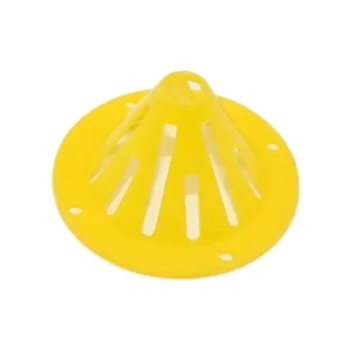
Slatted Porter Style Bee Escape for Rapid Hive Clearing
Item Number : BE-6
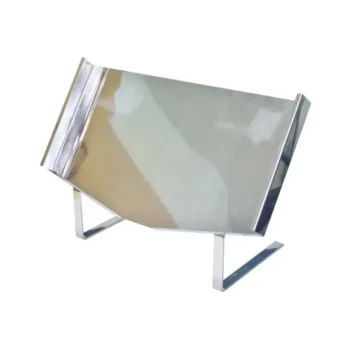
Minimalist Stainless Steel Honeycomb Display Stand
Item Number : HCS-2
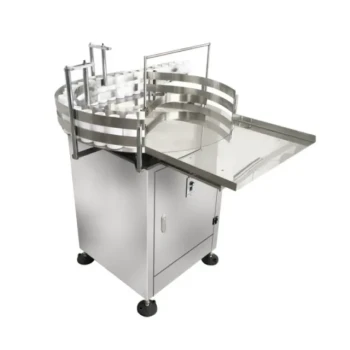
Automated Rotary Bottle Unscrambler for Honey Production Line
Item Number : HBU-1
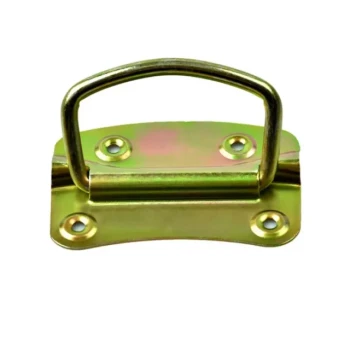
Professional Grade Foldable Beehive Handles
Item Number : BHH-1
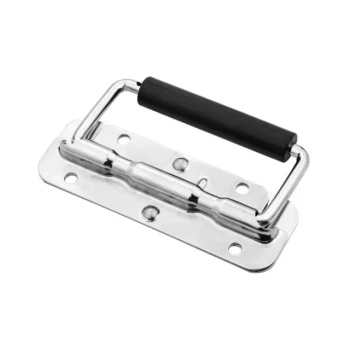
Premium Comfort Grip Spring-Loaded Hive Handles
Item Number : BHH-3
Why Choose Our Hive Stands?
Our hive stands are meticulously designed to offer maximum protection and convenience for your beekeeping needs. By elevating the hive off the ground, they prevent pests such as ants and termites from accessing the hive, and reduce moisture buildup that can lead to diseases. Additionally, these stands improve ventilation from below the hive, which is crucial for maintaining a healthy bee colony.
Key Features
- Durable Materials: Our hive stands are made from high-quality metal and plastic, ensuring long-lasting durability even in harsh weather conditions.
- Easy Installation: Designed for quick and hassle-free setup, our hive stands can be installed with minimal effort.
- Enhanced Stability: Provides a stable base for your hives, reducing the risk of toppling over.
- Improved Ventilation: Elevates the hive to allow better air circulation, essential for the health of your bees.
- Pest Protection: Keeps the hive off the ground, making it harder for pests to reach the colony.
Applications
Hive stands are particularly useful in areas prone to frequent migrations, such as farming regions. They protect the hive from soil moisture and pests, ensuring the colony remains healthy and productive. Adding a slippery substance like Vaseline to the legs of the stand can further deter ants from climbing.
Benefits
- Back Strain Reduction: Elevating the hive reduces the need to bend down, making hive inspections less strenuous on your back.
- Predator Protection: Keeps skunks and other small predators at bay.
- Moisture Control: Prevents moisture buildup under the hive, reducing the risk of mold and mildew.
Customizable Options
We understand that every beekeeper has unique needs. That's why we offer customizable hive stands tailored to your specific requirements. Whether you need a stand for a 10-frame or 8-frame Langstroth hive, we have the perfect solution for you.
Professional Support
Our team of experts is always ready to assist you with any questions or concerns. We pride ourselves on providing professional support and guidance to ensure your beekeeping experience is successful.
Get in Touch
Ready to elevate your beekeeping game? Contact us today to learn more about our hive stands and how they can benefit your apiary. Leave us a message and let us help you find the perfect hive stand for your needs.
FAQ
What Is The Purpose Of A Hive Stand?
What Are The Main Types Of Hive Stands?
How Does A Hive Stand Protect Against Pests?
What Are The Advantages Of Using A Hive Stand?
Why Is Ventilation Important In A Hive Stand?
How Does A Hive Stand Benefit Beekeepers?
REQUEST A QUOTE
Our professional team will reply to you within one business day. Please feel free to contact us!
Related Articles

The Quiet Interface: How a Simple Inner Cover Prevents a War in the Hive
Discover how the beehive inner cover is more than a lid; it's a critical interface for managing propolis, ventilation, and colony stress.

The Beekeeper's Nightmare: Why Moving Your Hives Can End in Disaster—And the Design That Prevents It
Discover the critical design flaw that makes hive relocation so risky. Learn why framed Langstroth hives are essential for mobile commercial apiaries.

Why Your Beeswax Foundation Fails: A Guide to Preventing Costly Warping and Breakage
Discover the hidden reason your beeswax foundation sheets warp and crack. Learn how starting with superior, stable foundation prevents waste and boosts apiary productivity.

The Tipping Point: Managing the Psychology of a Beehive to Prevent Swarming
Swarm prevention is not about stopping bees, but about managing the psychological triggers of congestion and resource perception within the hive.

The Bottleneck in the Honey House: Choosing an Uncapping Tool is a Workflow Decision, Not a Purchase
Choosing an uncapping tool—electric vs. manual—is a critical workflow decision that impacts an apiary's efficiency, cost, and honey quality.

The Scent of Danger: Why Bee Suit Maintenance is About Pheromones, Not Just Dirt
Effective bee suit care is not just about cleanliness; it's about removing invisible alarm pheromones that can provoke bees on future visits.

The Calculated Risk of a Simple Tool: Mastering the Bee Brush in Apiculture
The bee brush is a simple tool, but its use involves a psychological trade-off between efficiency and colony stress. Learn when and how to use it.

The Unseen Architecture: Why Your Hive Size Defines Your Apiary's Future
Choosing between an 8-frame and 10-frame hive isn't just about capacity; it's a fundamental decision about ergonomics, scale, and philosophy.

The Fatal Logic of the Winter Cluster: Why a Queen Excluder Becomes a Hive's Single Point of Failure
In cold climates, a queen excluder becomes a fatal barrier, separating the queen from the bee cluster's life-sustaining upward migration.

How to Clean Beeswax Properly: A Step-by-Step Guide to Preserving Quality
Learn step-by-step methods to clean beeswax safely, remove impurities, and preserve quality for beekeeping and crafting. Avoid common pitfalls.

How to Use a Bee Brush Safely: Protecting Bees While Managing Your Hive
Learn safe bee brush techniques to protect bees while managing hives. Tips on bristle types, handling, and alternatives for ethical beekeeping.

How to Choose the Best Beehive Type for Your Climate and Terrain
Learn how to choose the best beehive type for your climate and terrain, with insights on insulation, durability, and hive performance.

How Wooden Frames Deliver Better Long-Term Value for Commercial Beekeepers
Wooden frames offer commercial beekeepers long-term durability, hive health benefits, and sustainability over plastic alternatives.

How to Optimize Steam Wax Melting for Higher Yields and Safer Operations
Learn professional techniques to optimize steam wax melting for higher yields, safety, and equipment longevity in beekeeping operations.

How Beekeepers Can Maximize Honey Yield and Beeswax Quality from Cappings
Learn how beekeepers can maximize honey yield and beeswax quality by efficiently processing cappings. Boost profits with sustainable methods!

How to Purify Beeswax Like a Pro: Safe Methods for Pharmaceutical-Grade Quality
Learn professional beeswax purification methods to achieve pharmaceutical-grade quality while preserving natural benefits. Ideal for beekeepers and distributors.

How to Optimize Industrial Beeswax Melting: Key Parameters for Quality & Efficiency
Learn key parameters for industrial beeswax melting—temperature control, equipment selection, and best practices for quality & efficiency.

How to Choose Honey Storage Containers That Prevent Spoilage and Extend Shelf Life
Learn how to choose honey storage containers to prevent spoilage and extend shelf life with expert tips on materials, sealing, and climate considerations.

How to Choose the Right Varroa Mite Monitoring Method for Your Apiary
Compare Varroa mite monitoring methods—sugar roll, ether roll, alcohol wash—to choose the best for your apiary's scale, season, and accuracy needs.

How to Choose and Care for Beekeeping Protective Gear That Works
Learn how to choose and maintain beekeeping protective gear for safety and comfort in hive inspections. Essential tips for suits, veils, gloves & boots.